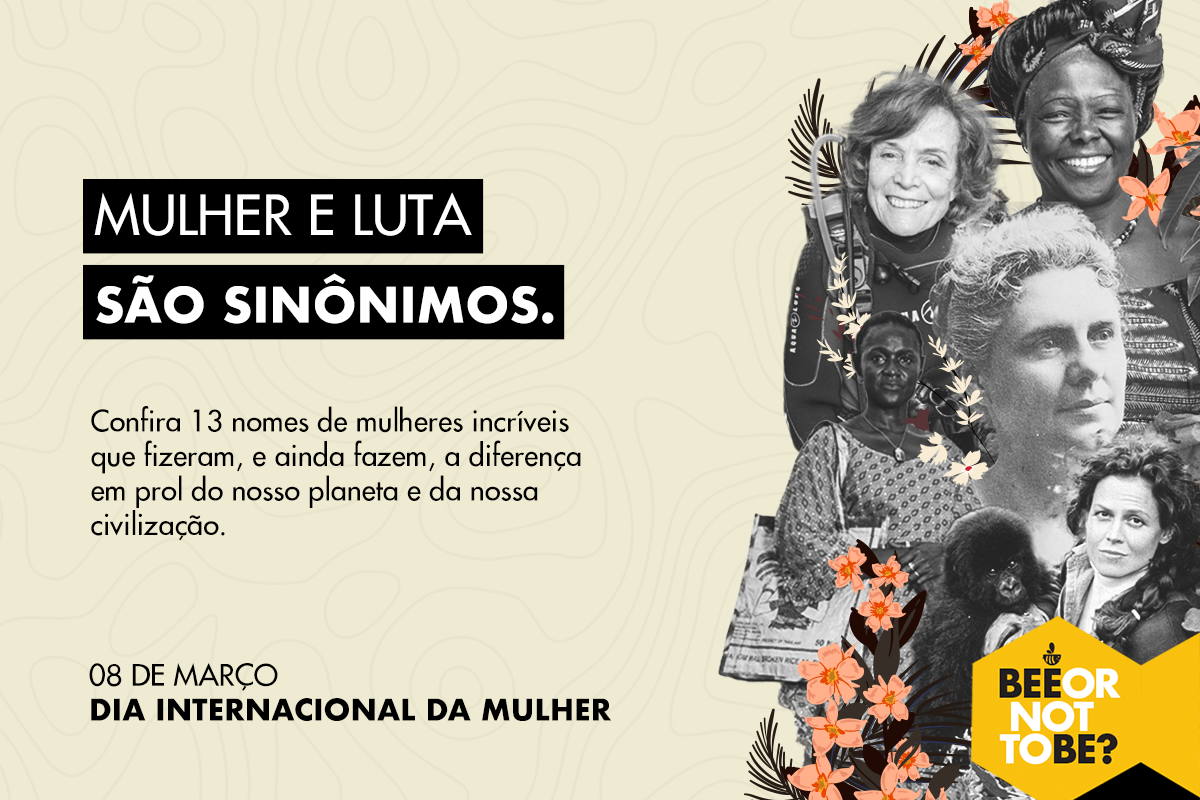
Meet 13 women who are examples of struggle for the environment
this list, let's address the lives of women seabed explorers to dedicated activists who have achieved great things.
They prove to us that everything we do and that all our choices involve national and international public policies that can change the course of things for the better.
Check now big names who contributed to a greener and healthier world.
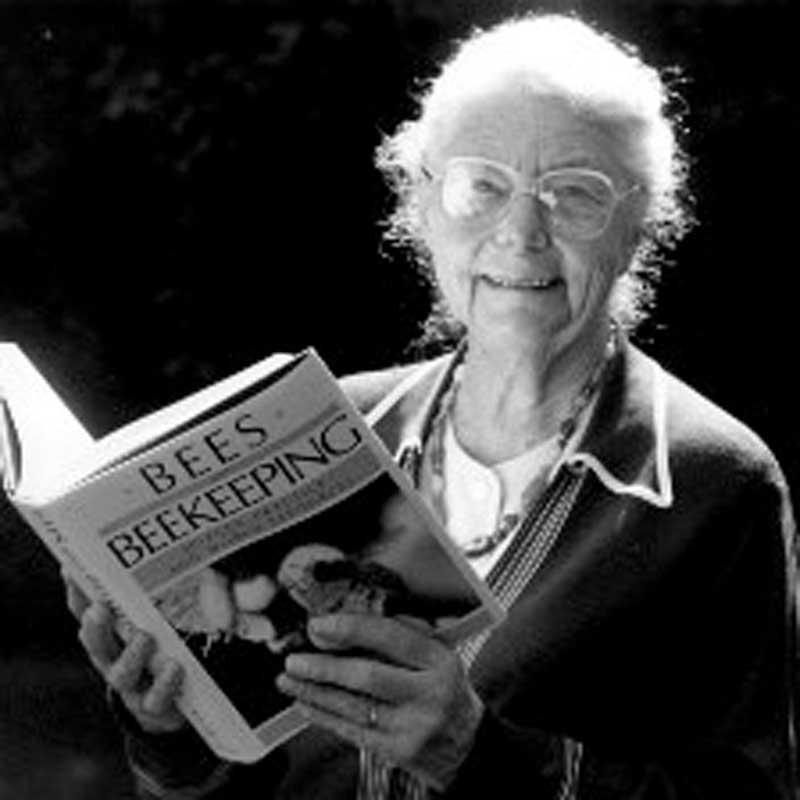
Eva Crane (1912 – 2007) – Nuclear physics, known as “Great lady of honey and research on bees”.
Eva Crane was born in Britain in 1912. PHD was in nuclear physics, but left this field to focus on fascination with bees. He traveled the world researching the behavior and history of bees. He founded the first worldwide organization of exchange of relevant information and research on bees. This deep interest was born in 1942, during a World War II, after she received a box of bees as a wedding gift. At that critical period of human history, a beehive was a much appreciated gift in Britain, to help families cope with the shortage of sugar.
Spent more than 50 years to the study of bees and their behavior. In particular Studied connecting the bees to humans and the environment. His work can be acquired by intenet. He wrote extensively about bees and worked in more than 60 countries.
To learn more about bees, sometimes, traveled in primitive canoes or sled dogs, to document human use of bees from prehistoric times to the present.
Among its findings, It found that the ancient Babylonians used honey to preserve corpses, and the bees were effectively used as military weapons by the Vietcong. She also documented the role of bees in our food production, watching the bees are responsible for pollination at least 40% of food crops consumed by humans and animals.
Crane wrote over 180 work between articles and books, Many, when she was in her 70 is 80 years.
Until today, with Eva Crane Trust Institute, It aims to advance the understanding of bees and beekeeping, by gathering, collation and dissemination of science and research worldwide, and also to record and propagate a greater understanding of beekeeping practices through historical and contemporary discoveries.
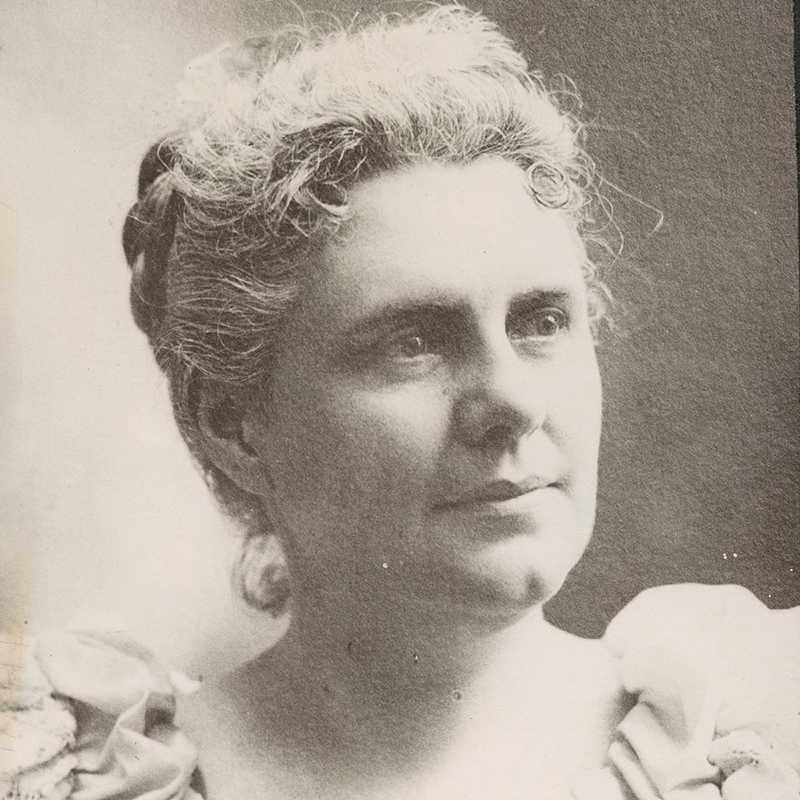
Anna Botsford Comstock (1854 – 1930) - Illustrator, governess, artist, conservationist and member of the movement through the North American environment.
Anna grew up on her parents' farm, in New York, and spent much time in the gardens and woods with her mother, watching flowers, trees and birds.
Joined, in 1874, the newly founded Cornell University, in Ithaca, and he met the entomologist and Professor John Henry Comstock, who was delighted with his prowess in illustrating. He encouraged her to draw the insects he captured, He chose it as his researcher and, so much contact they had, They fell in love and got married.
When she married John, Anna even more turned his watchful eyes to illustrate the insects they studied, drawing thousands of detailed images first to the books of her husband and then to the books they have written together.
Even without specific training in design, Anna watched the insects and plants under a microscope and then the draw.
In 1888, Anna became the first woman to join the Sigma Xi, a national society devoted to science.
In 1897, He began teaching at Cornell University, She is the first woman teacher of the institution. However, by 20 years, She was denied her teaching post holder only for being a woman, having achieved the position only 1920.
Anna recorded over 600 plates for “Manual for insect studies” (1895), his recordings and illustrations have also been exhibited in museums and universities, winning several awards, and, inclusive, appreciated the Universal Exhibition 1900, I Paris.
It was recognized as one of the most prolific authors of original recordings of wood for illustrations.
In addition to illustrating several books, also wrote a work of fiction, “Confessions to a Heathen Idol” (1906).
His book "The Handbook of Nature Study" has become standard literature for teachers of the natural sciences and was translated into eight languages, taking over 20 reprints. Even today it is printed and used in the classroom. His education pioneering methods and their teaching techniques in children's education were essential for several generations of both teachers and students.
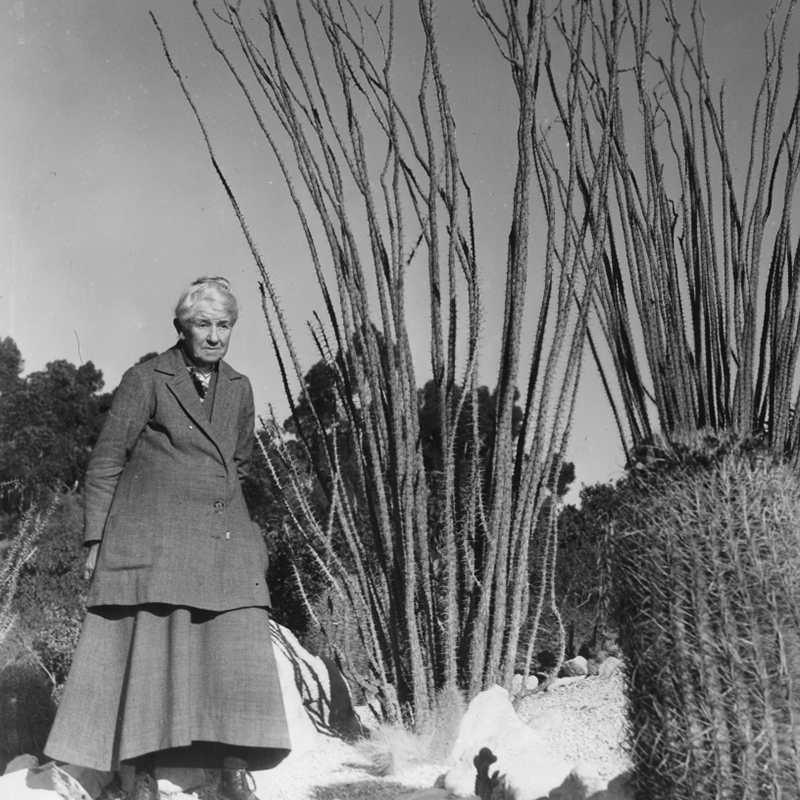
Kate Sessions (1857 – 1940) – American Botany, closely associated horticulturist and landscape with San Diego, California, and known as “Mother of Balboa Park ".
green living means not only protecting natural spaces, also means finding ways to create green spaces in cities.
Kate Sessions spent most of his childhood living around the tall trees of northern California.
In 1881, she was the first woman to graduate from the University of California-grade science and, just after, He moved to San Diego - at the time, a dry town, with almost no plant.
After starting his career in horticulture with a nursery, in 1885, Sessions could rent 30 hectares of terra no City Park (now called Balboa Park), in exchange for planting 100 trees per year in the barren park and other 300 trees per year in the rest of San Diego.
His work with the introduction of plants, as well as his extensive writing on the subject, gained international recognition. California Pacific International Exposition, in 22 September 1935, the day was devoted to Sessions, where she was named “Mother of Balboa Park”. In 1939, she became the first woman to receive the prestigious medal Frank N. Meyer, da American Genetic Association.
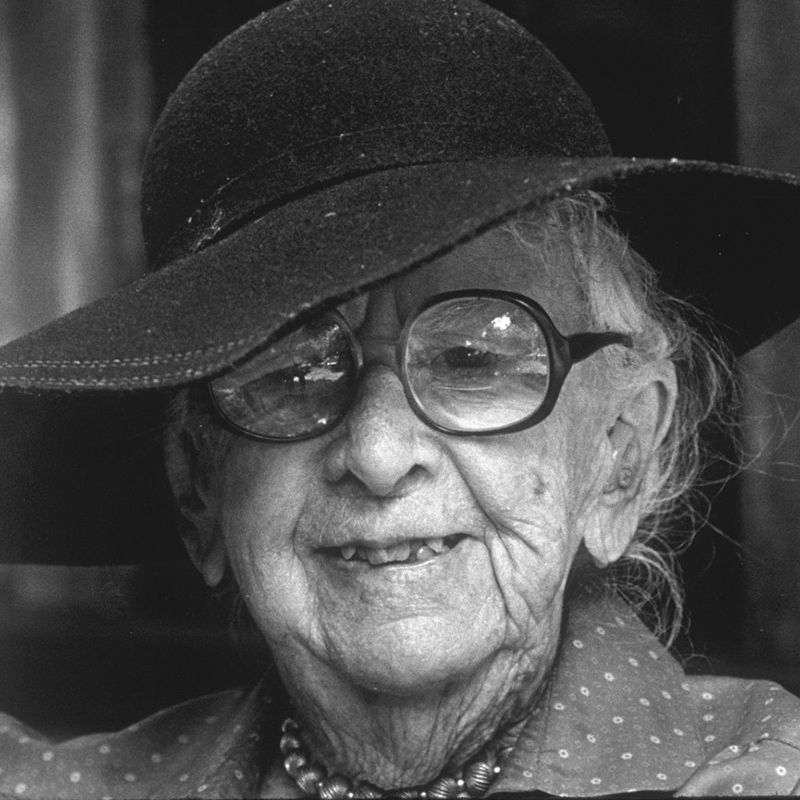
Marjory Stoneman Douglas (1890 – 1998) – Journalist, writer, US feminist and environmentalist.
He moved as a young man to Miami to work at The Miami Herald and became a freelance writer, having produced more than a hundred short stories that were published in magazines. His greatest work, However, was the book "The Everglades: River of Grass”, published in 1947, which redefined the popular conception of the Everglades as a precious river instead of a useless swamp. The impact of this work can be compared to the book "Silent Spring", from 1962. your books, tales and his journalistic career brought him influence in Miami, she used to their causes move ahead.
Even when I was young, Marjory was a sincere and politically conscious advocate of many controversial issues at the time, including women's suffrage and civil rights. She was invited to take the central role in protecting the Everglades when I was 79 years, and the 29 years of his life was “a relentless reporter and fearless warrior” the preservation of the restoration of South Florida nature. For their tireless efforts, she earned the nickname “Grande dame of Everglades” and the hostility of producers and agricultural companies seeking to benefit from the development on the lands in Florida. Many prizes were awarded to it, including the Presidential Medal of Freedom and various inclusions in halls of fame. Marjory Douglas lived to be 108 years and worked until almost the end of his life for the restoration of the Everglades. After his death, a newspaper obituary The Independent, From london, stated: “In the history of the American environmental movement there are not many more notables than Marjory Stoneman Douglas.”
His influence is summed up by the Governor of Florida, Lawton Chiles, this way:
“[Marjory] was not only a pioneer of the environmental movement, she was a prophet, calling us to save the environment for our children and grandchildren. "
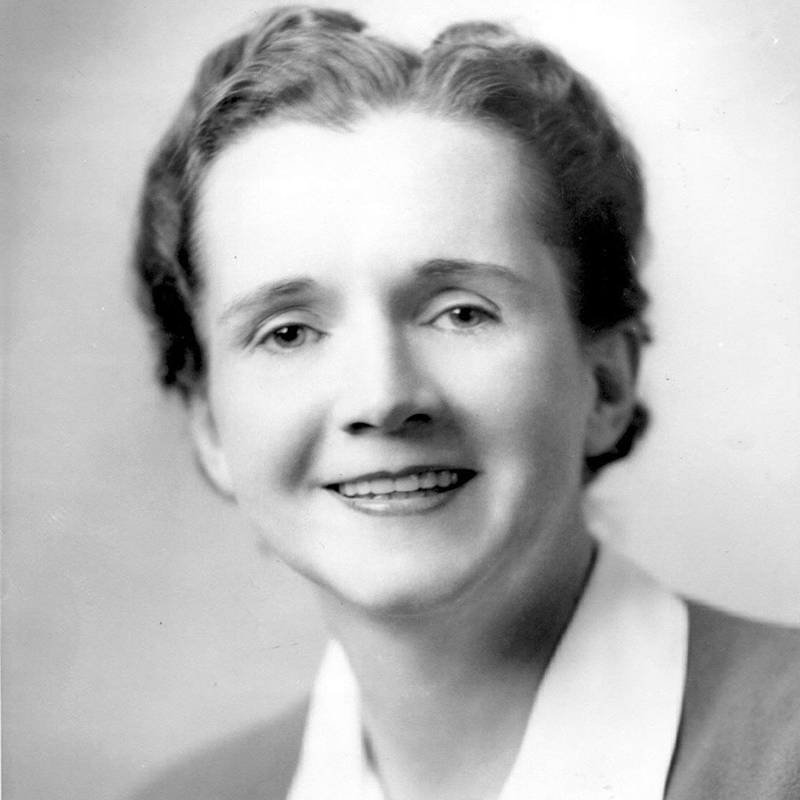
Rachel Carson (1907 – 1964) – Marine biologist, writer, scientist and US Ecologist.
When the American biologist Rachel Carson published "Silent Spring" (available in Brazil under the title "Silent Spring"), it not only drew attention to the dangers of indiscriminate use of synthetic pesticides; it also helped launch the modern environmental movement.
Carson began his career at the Fish and Service Life US Wild, but after the articles and books written about the ocean life has become extremely popular and began to write about science full time.
When "Silent Spring" was released, in 1962, Carson stood firm against intense criticism of the chemical industry, despite a simultaneous battle against breast cancer that was overcoming their treatments.
Your book, from 1951, “The Sea Around Us”, It became a bestseller and won the National Book Award, which gave him financial security and national recognition. His next book, “The Edge of the Sea”, and the new edition of "Under the Sea Wind" also became bestsellers. The trilogy explores marine life, from the beach area to the depths.
Even after his death (just two years after the release of his masterpiece), his book fueled public interest in environmental issues and public health and, in a few years, the Nixon Administration created the Environmental Protection Agency.
Chemical companies logo opposed to Rachel settings in "Silent Spring" and engaged in a smear campaign of the author and the book. But Rachel's legacy turned out to reverse the national pesticide use policy, which led to the ban on the use of the DDT and other pesticides in the United States. Rachel's work also led to the creation of the US Environmental Protection Agency. posthumously, Rachel received the Presidential Medal of Freedom by President Jimmy Carter, in 1980.
"Silent Spring" is considered one of the non-fictional works most influential of the twentieth century.
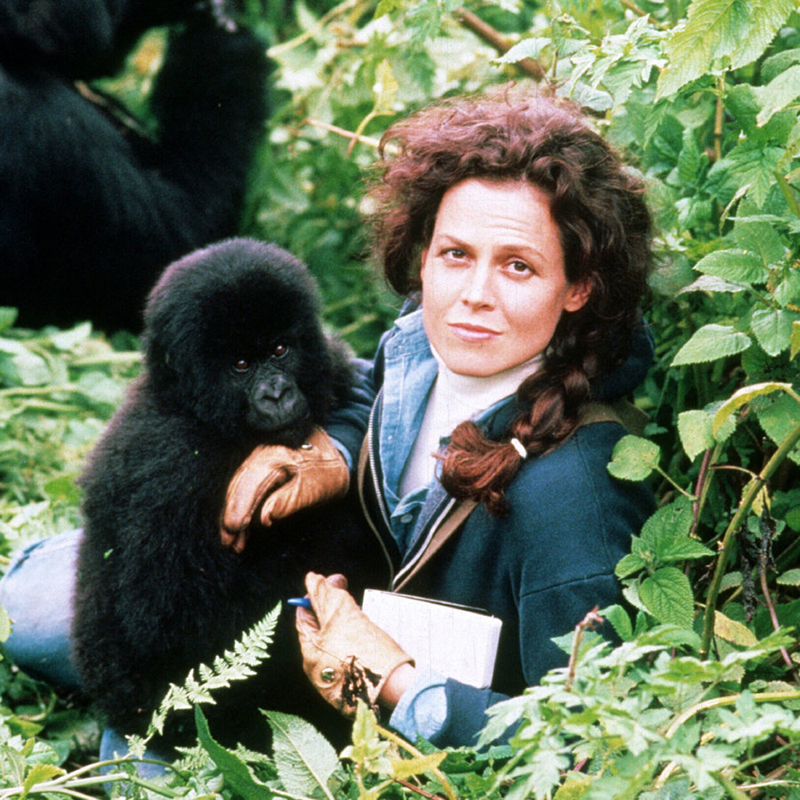
Dian Fossey (1932 – 1985) – American zoologist. Known for his scientific work and conservation with the Virunga mountain gorillas, Rwanda and Congo.
Dian Fossey has opened a new field for women Biology area when he began to study the mysterious mountain gorillas of Rwanda.
The American primatologist managed to get closer to gorillas when no one else could.
As Fossey identified and cataloged many new aspects of animal behavior, she also saw the brutality of poaching firsthand.
Once your favorite gorilla, Digit, He was killed, she founded the Digit Fund to finance efforts against hunting.
Fossey and his colleagues have devoted significant attention to the anti-hunting activities, including the execution of poaching patrols, destruction of hunting traps, pressure on local authorities to enforce laws and antipoaching the arrest of poachers.
Tragically, Fossey was found dead in her cabin in Rwanda Virunga Mountains, in December 1985.
Although the case has never been solved, it is believed that she was killed by a hunter in response to his aggressive efforts against poaching.
Fortunately, she left an incredible legacy: both a better understanding of these poorly understood animals as the inspiration that has motivated many people to join the fight to save the mountain gorillas.
Their efforts continue today through the Dian Fossey Fund towards gorillas.
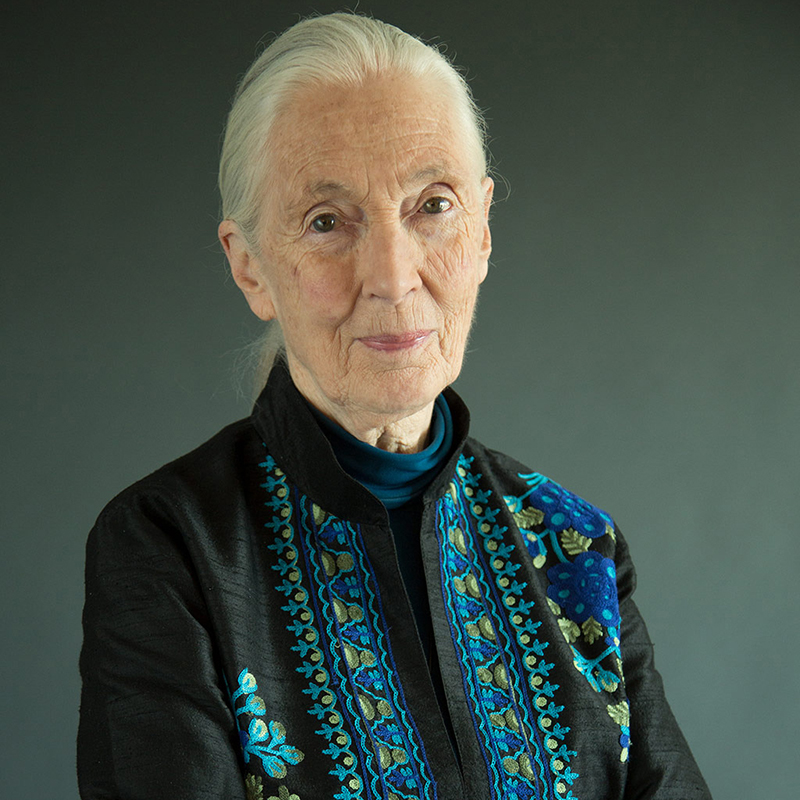
Jane Goodall (1934) – Primatóloga, etóloga and British anthropologist.
In a time when scientists were often considered too fragile and emotional to fieldwork, Jane Goodall proved everyone wrong.
Britain is considered the world's foremost expert on chimpanzees after your study 55 years on wild chimpanzees of the national park stream Gomber, Tanzania.
She is also a lawyer and activist dedicated to the welfare and wildlife conservation.
His discovery tools for use among chimpanzees led her to challenge the idea that animals were distinctly different from human and reveals that:
"We are not so different from the rest of the animal kingdom as we used to think."
Today, the Jane Goodall Institute works with people from all over the world to develop a greater understanding of how we can help humanity while still protecting the natural world.
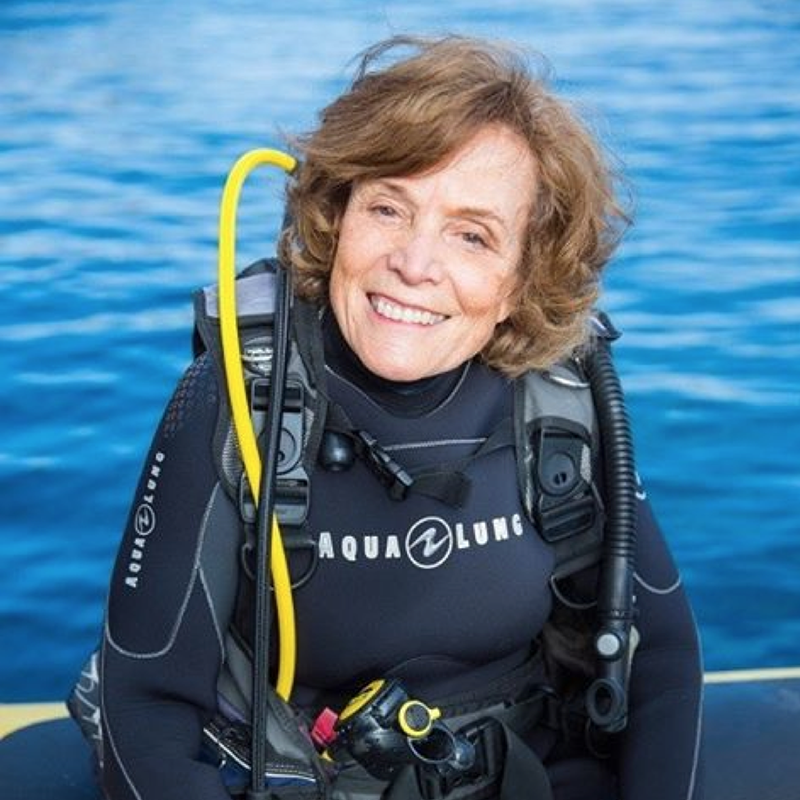
Sylvia Earle (1935) – Marine biologist, exploratory, American author and lecturer. Since 1998, is an explorer in residence at National Geographic. Earle was the first woman named chief scientist at NOAA and was named by Time Magazine as the first heroine in the planet 1998.
Sylvia Earle has created a profound record of divers women and helped design underwater research, but she is best known for their protective actions of Earth's oceans.
In 2009, she used money from a TED Prize to found the Mission Blue, a nonprofit organization dedicated to the creation of protected marine reserves worldwide.
Earle is also best-selling author whose texts are increasing public awareness of the ecological importance of the oceans, she calls "the blue heart of the planet".
IS, to the delight of his fans, last year, LEGO has created a series of exploration construction kits in deep waters that are inspired in their work - and will inspire the next generation of ocean protectors.
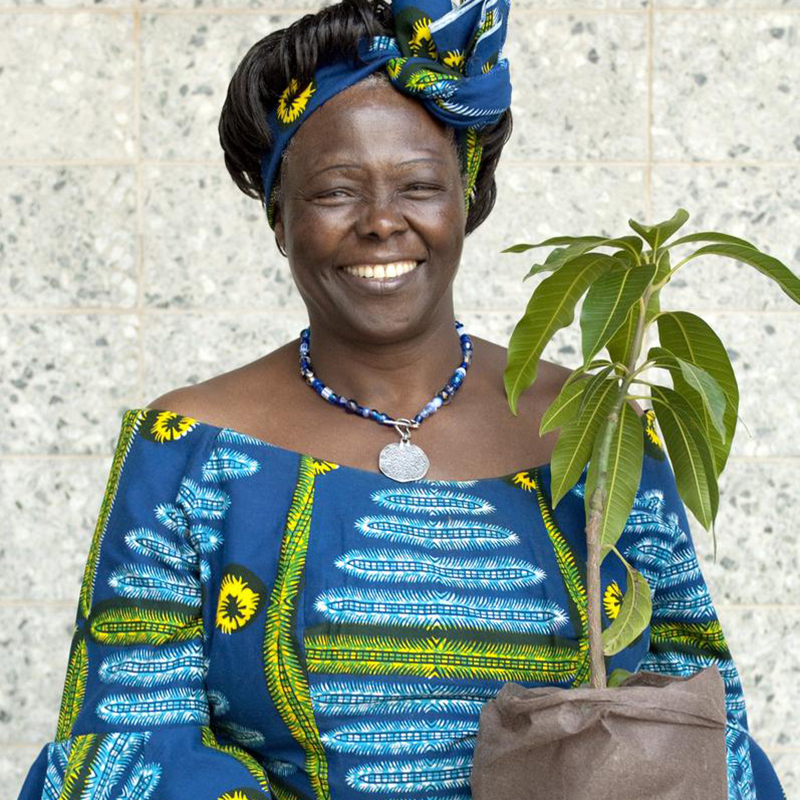
Wangari Maathai (1940 – 2011) – teacher and political activist from Kenya's environment. It was the first African woman to receive the Nobel Peace Prize.
Wangari Maathai was a rare opportunity for a Kenyan woman of the year 1960: she was one of 300 Kenyan students selected for the Airlift Africa program, which gave him the chance to attend the University in the United States.
After completing bachelor's and master's degree in Biology, He returned to Kenya, where we had a new perspective on environmental damage in your country - and the need for women's rights.
That is why, She founded the Green Belt Movement to address both issues, teaching Kenyan women to plant new trees in deforested areas and to achieve sustainable land rent.
Since then, the enabled movement 30 thousand women to trade, taking them out of poverty, and planted over 51 million trees.
For his dedication to environmental conservation and the advancement of women's rights, Maathai received the Nobel Peace Prize, in 2004 - the first African woman to receive the award.
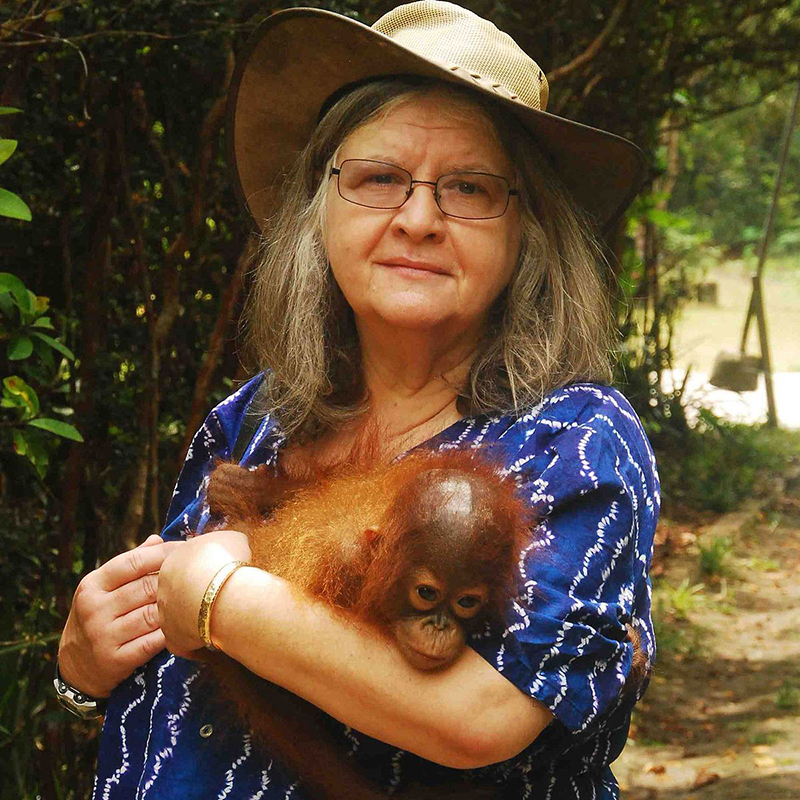
Birutė Galdikas (1946) – primatologist, conservationist, etóloga and author of several books related to the threat of extinction of the orangutan, particularly Borneo orangutan-of-. Well known in the field of modern primatology, Galdikas is recognized as a leading authority on orangutans.
When Biruté Galdikas plunged into the stories of the adventures of Jane Goodall and Dian Fossey in search of primates, she had no idea that he would be joining them.
By finding the anthropologist Louis Leakey, at graduation, I told him I wanted to study wild orangutans - and soon began a research project in a Borneo reservation.
Galdikas not only revolutionized our understanding of this little-known primate, but also became an advocate for protection of the "House of the Rain Forest of Orangutans", which was quickly destroyed by logging.
As part of their conservation efforts, she approached the trade orangutans as pets and created a center dedicated to the rehabilitation of orangutans captured hoping to reintroduce them in the wild.
currently, He is a teacher and president of Orangutan Foundation International.
Galdikas still speaks passionately about the importance of protecting natural areas around the world:
"Our connection with nature is very basic. Without nature, humans are lost. That's it. ", she said in an interview with EcoPost, in 2014.
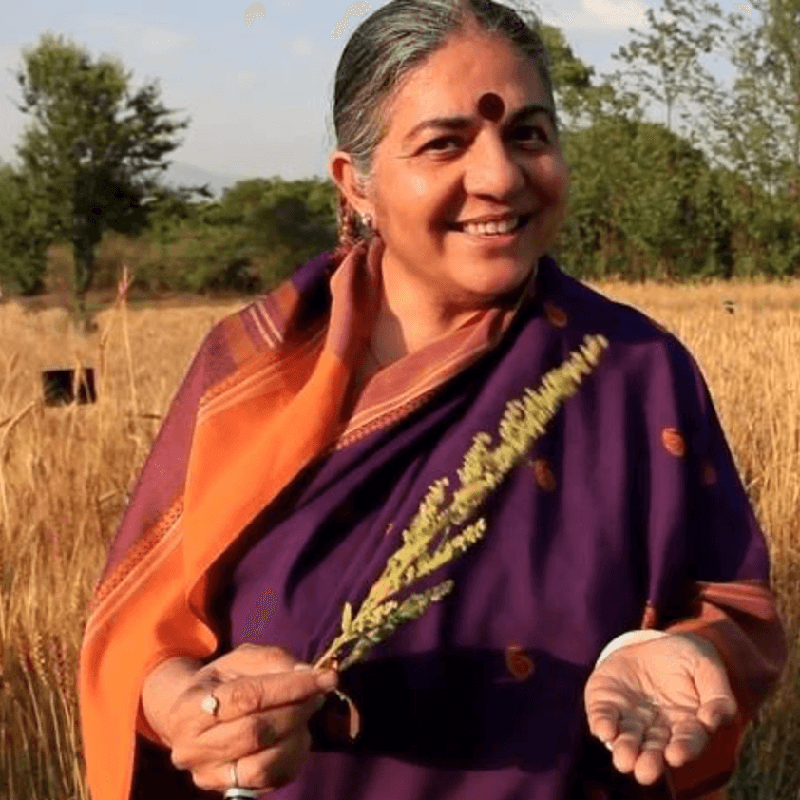
Vandana Shiva (1952) – Indian scholar, physical, ecofeminista, environmental activist and anti-globalization.
The studious and Indian environmentalist Vandana Shiva is leading a campaign to see the value of traditional local practices of uniform solutions:
"Uniformity is not the way of nature; diversity is the way of nature ", supports it.
your NGO, Navdanya, It is now a national movement to protect native seeds for agriculture and promote organic and fair trade practices.
Besides, it offers a new perception of the role of women, particularly in the developing world.
In its eco-feminist book 1988, “Staying Alive: Women, Ecology, and Development“, she argues that support small farms run by women can be the key to creating environmentally sustainable food sources that also provide economic growth.
Protecting the Earth, she says, it is simply a matter of recognizing our place within it: "You are not an Atlas carrying the world on his shoulders. Remember that the planet is that you are carrying. "
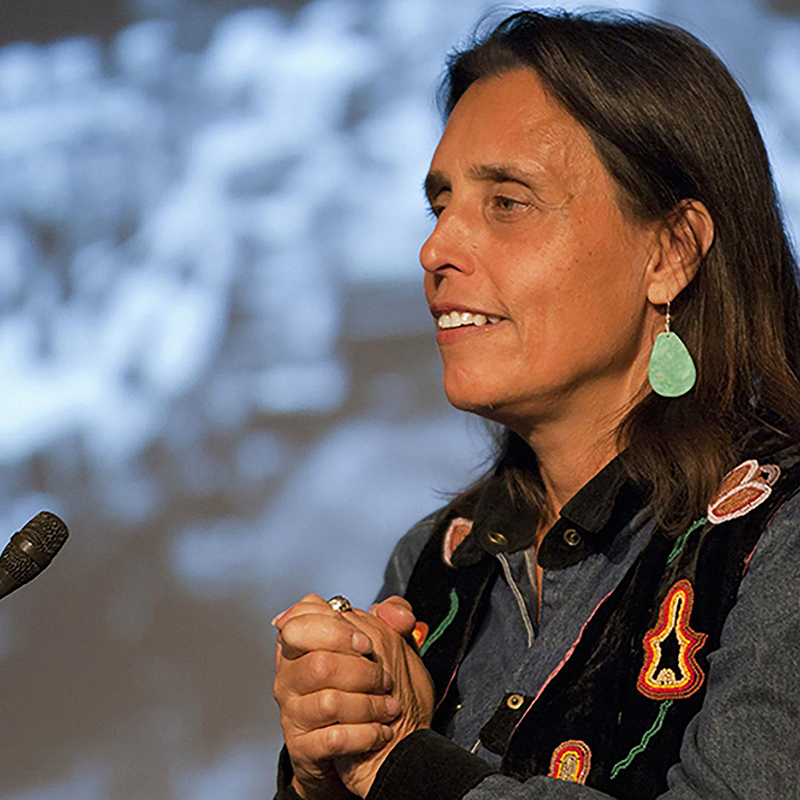
Winona LaDuke (1959) – Environmentalist, economist and American writer, known for his work on claims and preservation of tribal lands, as well as for sustainable development.
The American activist Winona LaDuke learned early in life about the challenges faced by Native Americans: his father had a long history of activism related to loss of land treated.
But, within the traditional connection of his Ojibwe tribe with land, she also saw the potential for a new model of sustainable development and environmentally conscious local production of all: from food to energy.
His nonprofit project of Land Reclamation of the White Earth revived the wild rice crop in Minnesota and sells traditional foods under the brand Native Harvest.
She is also the co-founder of Honor the Earth, an organization led by natives that provides grants to native environmental initiatives.
"The power is in the land, in their relationship with the land ", full.
By providing a model for this relationship, she hopes that other people, as well as the Native American tribes, to see the value of sustainable living and connected.
LaDuke is also executive director of Honor the Earth, an organization she co-founded with the non-indigenous folk-rock duo, as Indigo Girls, in 1993. The organization's mission is to create awareness and support for Native environmental issues and develop financial and political resources necessary for the survival of sustainable Native communities. Honoring the Earth develops these resources using music, the arts, the media and the indigenous wisdom to ask people to recognize our common dependence on Earth and be a voice for those who are not heard.
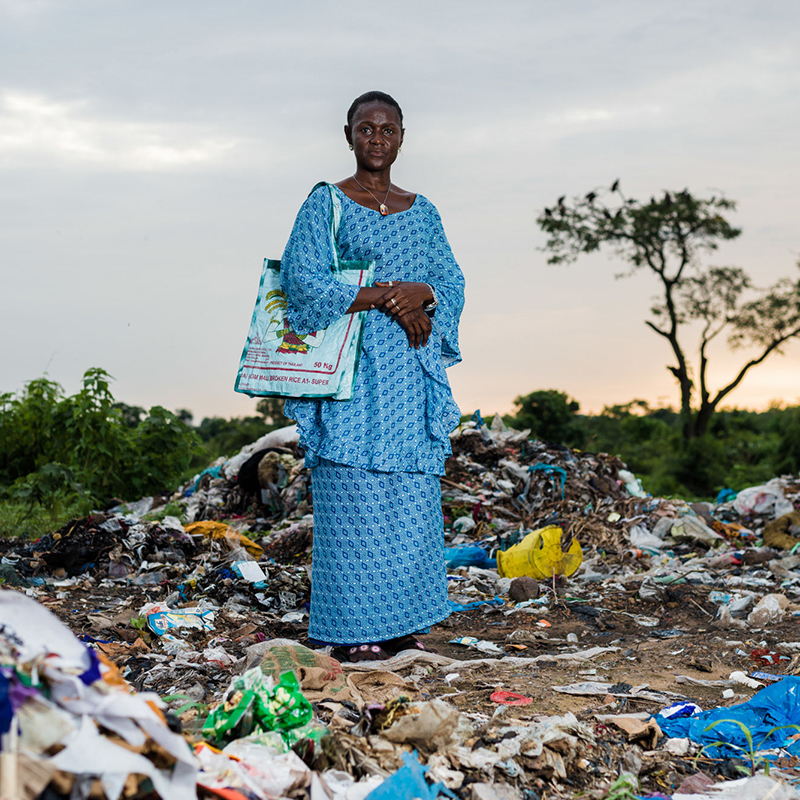
Isatou Ceesay (1972) - Educator, activist and queen of plastics recycling in Gambia.
Like many girls in Gambia, Isatou Ceesay was forced to leave school at a young age - but that does not mean she was oblivious to environmental challenges around.
Colored plastic bags that she used to admire were now become garbage throughout your village, injuring cattle, helping to create mosquitoes and smothering plants.
Like this, in 1997, Ceesay fundou o grupo Njau Recycling and Income Generation.
This revolutionary initiative of community recycling waste turned into wealth: women collect recyclable materials and take them to a center which separate the plastic and turn them into bags, rugs, bags and more.
Today, it is known as the "Queen of The Gambia Recycling" and over 100 women earn income thanks to your organization.
You can learn more about your program or buy a bag on oneplasticBag.com site.
We enjoyed meeting these amazing women? Share so that more people know their stories.
Reference: A Mighty Girl


Sorry, the comment form is closed at this time.